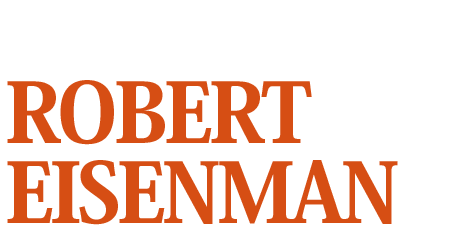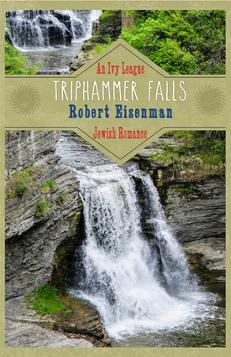Sixty years ago, James Levin, a liberated Jew from the New Jersey Suburbs, met up by accident at a Fraternity Party with Suzanne Fisher, a Jewish girl from Brooklyn whom, generally, he would have looked down upon.A junior, he had just transferred his interests in Einstein and nuclear physics to Nietzsche, Joyce, and classical music while she–a totally unknown Freshman–was just being rushed by several Jewish Sororities (they had such things in those days–Fraternities too–even in his father’s who had also belonged to one).
A Jewish girl from Brooklyn? That was unheard of. Impossible. He could not be seen dead with such a girl–especially by his brother finishing up his ROTC service in Korea.
But this one was different. This one could play the piano and, when she played, her fingers moved over the keyboard as if in a dream. This one had transferred from Erasmus H.S. in Brooklyn to The New York School of Performing Arts and could play Chopin by heart as if she owned him, caressed him, loved him–and she had been in Paris! This one he could not resist.
Why could she play Chopin as if inhabiting his soul? Because of her father, a refugee from Vienna and in Brooklyn nothing more than a lowly numbers-collector–though her mother’s father had built some early pushcart activity in this same Brooklyn to a Seat on the New York Stock Exchange. Her father, who had lost a sister whom he obviously adored to the Nazis during the War, spared no mercy in beating his only daughter into her replica. Both presumably could play Chopin and, yes, her father beat her–beat her to the point that she was petrified of him.
This was the girl, James Levin suddenly encountered in the middle of his Junior Year at Cornell. Something of a change from Eisenman’s usual genre, a novel–fiction instead of discourse, which the public might find even more attractive as he was probably a better writer then before he went academic. Therefore, though some 55 years old, nothing has been changed in the manuscript–so well did it read in the original–except some punctuation and sentence structure.
Because Triphammer Falls was written shortly after the pivotal time period being portrayed (in the late 50’s), it offers a veritable time capsule of a Period people still find and realize to be fascinating.
A real change of pace for him, it was in fact written before people like Thomas Pynchon–who preceded him at Cornell but quit to join the Navy–wrote V and Philip Roth–who was writing about the people he knew personally in South Orange, NJ (especially the girl with the “nose job”, who went around with a diaphragm in her purse and whose brother went on to play basketball at Ohio State)–wrote many of his works.
Not only is it extremely well-written but the authenticity of the writing gives one a sense of reading really-fine literature rather than simply a good novel and what is especially noteworthy or impressive is how the work captures a Period now vanished with a “feel-like-you’re-there” immediacy. As such, it is a fluid and informal first-person narrative, just as accurate as Roth, but perhaps even more attractive.
It covers first loves and partying Ivy-League style in a world few still remember when College life was a different world and the Fraternity House was a Gentleman’s League. Something of a preamble to or cross between Madmen and The Social Network, somewhere between the Beats and the Hippies, a young man has to choose between the neat path laid out for him in New York City’s corporate world and Madison Avenue or another road that will take him across Continents.
The protagonist unexpectedly falls in love with Suzanne Fisher, a Freshman, just when he is on the verge of leaving College to find his own way in a rapidly-changing world. In the end, the reader is left to wonder whether it is Fisher, a talented and ambitious pianist, or his own non-conformity that will send him on a different path through countries and halfway round the world.
This book is part of the Amazon Kindle Match Program (Amazon’s terms and conditions apply). A free Kindle edition is available when one purchases a print edition of this book through Amazon. See the Amazon book listing for more information or visit the Kindle Match Program’s page for more information about the program.





